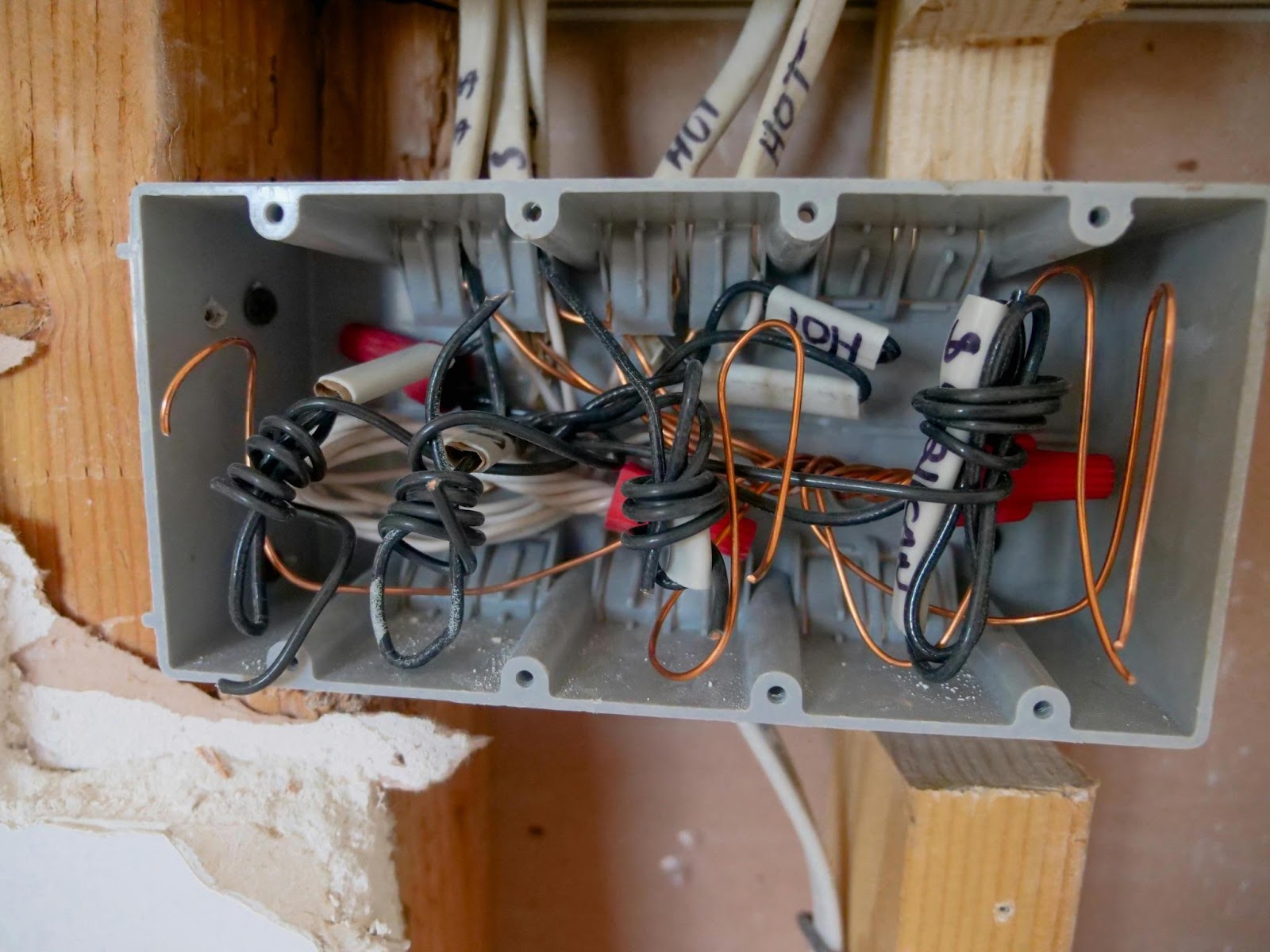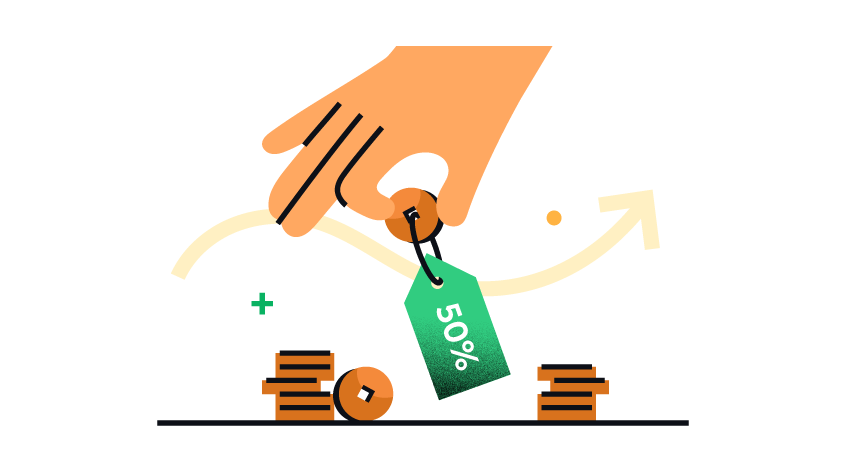Big news dropped this month: The U.S. is planning a 50% tariff on imported copper. That’s not just a number, it’s a punch to the gut for every contractor who deals with wiring, plumbing, HVAC, or even roofing.
If copper is a regular line item in your materials list, you need to start planning now. Because what you don’t prepare for today might wipe out your margin tomorrow.
Let’s walk through what’s going on, how it could impact your business, and most importantly, how to stay profitable while everyone else is scrambling.
Why the Tariff On Copper?

The short version: This is part of a broader strategy to reduce reliance on Chinese materials and boost domestic production of critical metals.
The long version: The U.S. government is tightening the screws on countries that are undercutting American manufacturers. Copper has become a key battleground, especially since demand is soaring thanks to electric vehicles, solar infrastructure, and housing starts.
This 50% tariff means any imported copper, especially from China, will cost significantly more starting in the next quarter.
And spoiler alert: Most of the copper used in residential and commercial construction isn’t mined in the U.S. So you can bet this price increase is going to hit fast and hard.
What This Means for Your Business
If your business touches copper in any form, here’s what you can expect over the next 30–90 days:
Materials Cost Will Spike
Copper is already expensive, and this tariff will only pour gas on the fire. Some suppliers are forecasting 15–25% price jumps on copper wiring and pipe by the end of the year.
You’ll see it in:
- Romex and MC cable
- Copper pipe (Type L and M)
- Panels and electrical boxes
- HVAC linesets and fittings
If you’re doing electrical, plumbing, or HVAC-heavy remodels, you’ll be quoting more just to break even. And you can forget about last year’s bulk pricing deals.
Estimates Need a Reality Check
Here’s the trap: You quote a job based on May’s prices, but by the time the client signs in August, copper’s up 20% and you’re eating the difference.
That might fly on a $500 job. But lose 2–3% margin on a $50,000 kitchen or $100K whole-home reno, and suddenly your “nice profit” becomes “just breaking even.”
If you’re not using real-time pricing in your estimates, now’s the time to fix that. Relying on old numbers is one of the 5 Mistakes Contractors Make With Estimates that can quietly drain your profits.
Clients Will Push Back
Imagine this:
Client: “Why did your price jump $4,000 since the last quote?”
You: “Copper went up 25% overnight.”
Client: “Not my problem. I’ll go with the cheaper guy.”
This is where how you communicate becomes more important than ever. Learning how to handle these conversations and overcome common price objections will be critical for winning jobs, even with higher prices
The contractors who can educate their clients (not just quote them) will win more jobs, even with higher prices.
Who Is Affected The Most With The Copper Tariffs?

While the copper tariff affects all trades, some will feel the heat more than others. Here’s a quick breakdown:
- Electricians: You're on the front lines. Romex, MC cable, grounding wire, and electrical panels are directly impacted. High-end residential projects with extensive wiring will see the largest cost jumps.
- Plumbers: Copper pipes (Type L and M) are staples for water supply lines. While PEX has become a popular alternative, many jobs still specify copper for its durability, especially in commercial applications or high-end homes.
- HVAC Technicians: Linesets connecting indoor and outdoor units are almost exclusively copper. This tariff will directly impact the cost of every new AC installation or replacement.
- Roofers & Remodelers: While less obvious, copper is used in flashing, gutters, and decorative elements on premium projects. Don't overlook these smaller but high-cost items in your bids.
3 Ways to Protect Your Profits With Tarrifs
You can’t control tariffs, but you can control your systems. Here’s how to stay ahead of the curve:
1. Lock In Material Pricing Early
If you're not already working with a supplier who offers written quotes and material holds, now’s the time.
- Ask for 30-day price locks when possible.
- Add a material escalation clause to all your contracts. (This protects you legally if prices spike mid-project.)
- When quoting big jobs, tell the client:
“This price is good for 10 days. After that, materials may change.”
Set the expectation early.
This protects your margin and puts the pressure back on the client to act quickly.
2. Update Estimates Automatically
Still copying prices from old spreadsheets or guessing based on last month’s job? That’s risky.
Handoff’s Instant Estimate tool pulls updated pricing from real-time data sources, so your quotes are always accurate. No more second-guessing. No more callbacks to “revise the bid.”
And best of all? It takes minutes, not hours. Don't just take our word for it—see how it transformed the estimating process for a real-world construction firm.
Bonus: You can even save templates for common jobs (like panel upgrades or bathroom renos) and update them with one click.
3. Add a “Why It Costs More” Section to Your Proposals
This one’s simple, but powerful.
Add a short paragraph at the bottom of your proposal explaining material volatility. Something like:
“Due to ongoing global tariffs on copper and related materials, pricing has increased across the board. We’ve done our best to keep this estimate as affordable as possible while maintaining quality craftsmanship.”
You don’t need to scare the client, just educate them.
Transparency builds trust. Trust wins jobs.
Some Real World Examples To Protect Your Profits
Lock In Pricing: Add a "Pro-Tip" with a sample clause:
When we mentioned adding a material escalation clause, we weren't kidding. Here is some sample language you can adapt with your legal counsel:
'This proposal is based on current material costs. Due to market volatility, should the cost of key materials (including but not limited to copper, lumber, and steel) increase by more than 5% between the date of this agreement and the time of purchase, the client agrees to a corresponding change order to cover the difference.'
This single paragraph can save you thousands.
Enhanced Point 2:Update Estimates: Add a point about "Line-Iteming":
Instead of giving a single lump-sum price, consider breaking out the cost of major copper-based materials in your proposal. When a client sees a line item for '$2,500 - Copper Wiring & Pipes,' it makes it easier to explain why a price has changed. It depersonalizes the price increase, it's not you charging more, it's the material costing more.
Final Thoughts About US Tariffs On Copper
A 50% copper tariff is a curveball. But it’s not the first. And it won’t be the last.
The contractors who thrive during material volatility aren’t necessarily the cheapest or fastest, they’re the most prepared.
This is your chance to upgrade your systems, tighten up your pricing strategy, and position yourself as the pro in your market.
Because let’s be real, if you’re still estimating the old way, you’re not just behind. You’re losing money.
Ready to take control of your projects and avoid costly mistakes?















